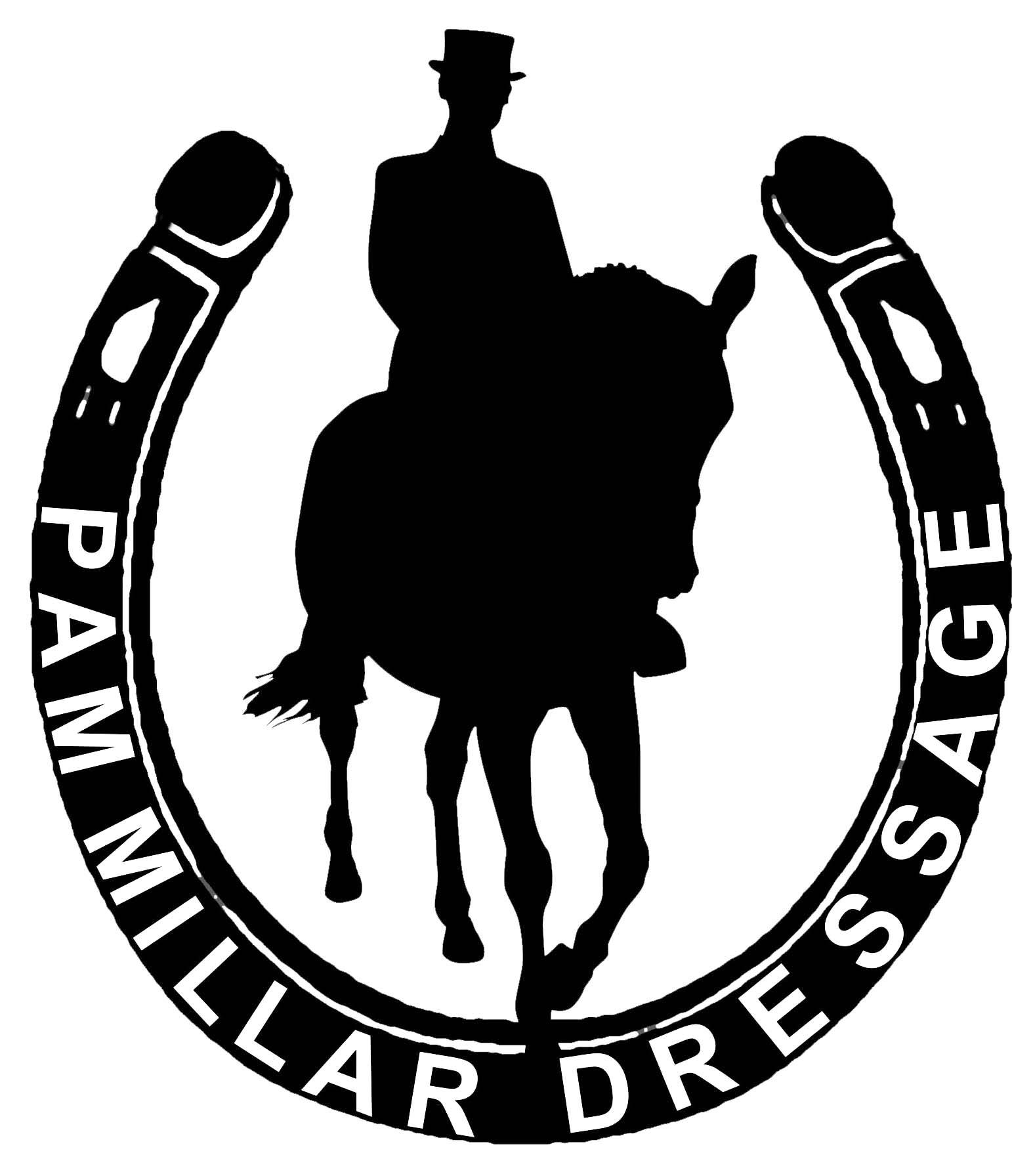
Dressage Trainer
Classical, sympathetic, personalised training
for you and your horse
Mobile: 07740 116 336
Home: 01651 872613
 |
Pam Millar
Dressage Trainer
|
Classical, sympathetic, personalised training for you and your horse
|
Contact:
Mobile: 07740 116 336 Home: 01651 872613 |
A British Dressage Accredited Trainer
Transitions Within the Paces (click on "training tips" above for more)
(as printed in the Herald )
WE all ride transitions between the paces without thinking e.g. walk to trot, trot to canter, canter to trot etc but how often do you think about riding changes within the walk, trot or canter? If you ride dressage tests at novice level or above, you will have been asked for it in a test, i.e. “show some lengthened strides”. At the early stages we are pleased to get a steady, regular, rhythmic walk, trot or canter, but as we progress the athletic development of our horse, we enable him to have lots of paces. In theory, we have collected, medium, free and extended walk, collected, working, medium and extended trots and canters plus gallop, but in practise, the horse has hundreds of slightly different paces.
Riding transitions within the paces helps develop the gymnastic movement of our horse. By increasing and decreasing the power and length of each pace, we are working the horse’s body like a concertina. Each downward transition should make the hind legs bend and come under the horse, so he sits more and in each upward transition the hind legs should push the horse’s weight uphill and forward.
In the medium walk, the horse should be marching along into a medium strength, elastic contact. To move to free walk on a long rein, he should take the bit out and down when offered a longer rein, still staying connected to the hands and walking with purpose but with a longer frame and steps. He should also smoothly, without resistance, accept the aids to come back into a shorter outline, i.e. by the rider’s legs and seat asking the hind legs to step under more and the back to become rounder again, then accepting the resulting shorter rein.
The usual start point for trot is working trot – an active, forward, connected trot. To ask for a bigger trot swing your seat more and ask with a little more leg for a bigger, longer, but NOT faster stride. It is important that the horse stays in rhythm and round through the back, so be careful to ask for the bigger strides smoothly, without causing hollowing and running. To develop the horse’s muscles, ask repeatedly for a few steps of each pace in succession, both on straight lines and on circles. When the horse has become stronger, you can then work towards collected trot when more of the weight is transferred to the hind legs of the horse, he shows greater elevation in the trot with slightly shorter strides.
The same approach applies for the canter as for the trot. The horse will not be able to maintain the bigger strides in trot or canter for long at first, so you must build up the number of steps you ask for gradually, monitoring how he manages to maintain the balance, roundness and energy.
Changes within all the paces are a great way of developing your horse’s back and hind leg muscles as well as providing variety in his training and a good discipline for both horse and rider.